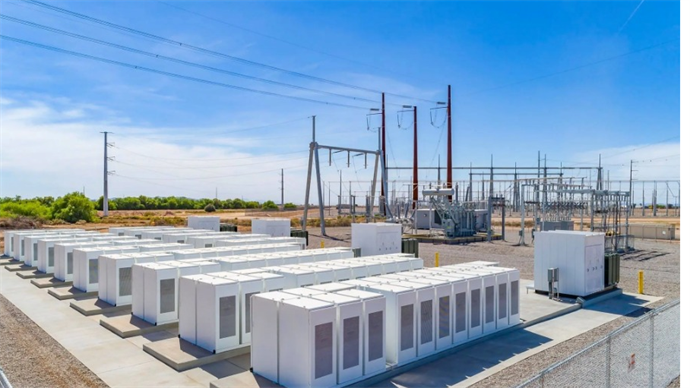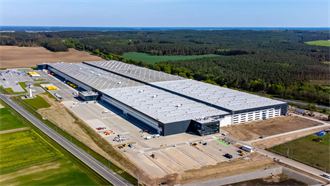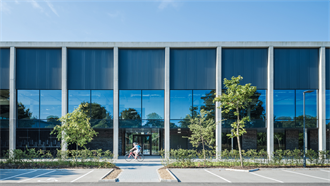Silvia Manzoni, associate in Savill's energy team based in Italy, evaluates how increasing grid constraints of 40-year-old energy infrastructure assets is impacting new developments and projects.
'With 40% of Europe’s power distribution grids over 40 years old, capacity is increasingly constrained.
Governments are being forced to consider the impact of new developments and projects, particularly those that are energy intensive, like data centres and projects in high demand locations.
As a result, this often leads to delays or, in some cases, a new project being refused planning completely, which is causing widespread concern among European countries in the short term as development and progress are stalled.
In Europe, the average share of renewable energy as a percentage of total energy produced is now at 56% across the cities tracked by Savills, compared to 45% five years ago. While no country produces 100% renewable energy, Norway comes closest at 98%, well above the European average.
Overall, both the Nordics and the Baltics produce the highest share of renewable energy, primarily from hydro and wind power sources. However, the variability of wind and solar power presents challenges for grid stability. If the EU is to meet its directive of achieving carbon neutrality by 2050, there must be a solution to mitigate these issues.
BESS to the rescue?
To meet Europe’s decarbonisation goals, battery storage can play a crucial role by storing excess energy, typically sourced from renewables such as solar power. This stored energy can then be released during peak demand periods and can help stabilise grid frequencies which prevents system crashes.
Analysis from SolarPower Europe reveals that, in 2023, Europe installed 17.2 GWh of new battery energy storage systems (BESS), a 94% increase compared to 2022 and the third consecutive year of doubling the market.
Germany led the market with 34% of the European market share in 2023, followed by Italy (22%) and the United Kingdom (15%). There are various justifications and requirements for BESS in these countries. For instance, in Italy, most renewable energy production originates in southern Italy, while the greatest consumption occurs in the northern regions. Therefore, BESS plays a crucial role in distributing and balancing the grid’s power to where and when it is needed the most.
Market challenges
While BESS technology promises to revolutionise energy storage and distribution, substantial hurdles remain. High capital expenditure required for initial installations presents a barrier, deterring potential investors and developers.
Also, the proximity of BESS facilities to residential areas often sparks opposition due to concerns over noise pollution and the inherent fire risks associated with large scale energy storage. Adding to the complexity, varying regulatory frameworks across European countries contribute to a lack of consistency, creating confusion and impeding the seamless integration of BESS into existing energy infrastructures.
These challenges highlight the need for standardised regulations and innovative solutions to fully embrace the potential of BESS in Europe’s evolving energy landscape.
Future
Between 2025 and 2028, BESS markets are expected to maintain robust growth. SolarPower Europe estimates annual growth rates of 30-40% and predicts capacity is to increase more than sevenfold, reaching 260 GWh. Despite facing some challenges that need to be addressed, BESS is an exciting and rapidly expanding market crucial to Europe’s green transition.'


































